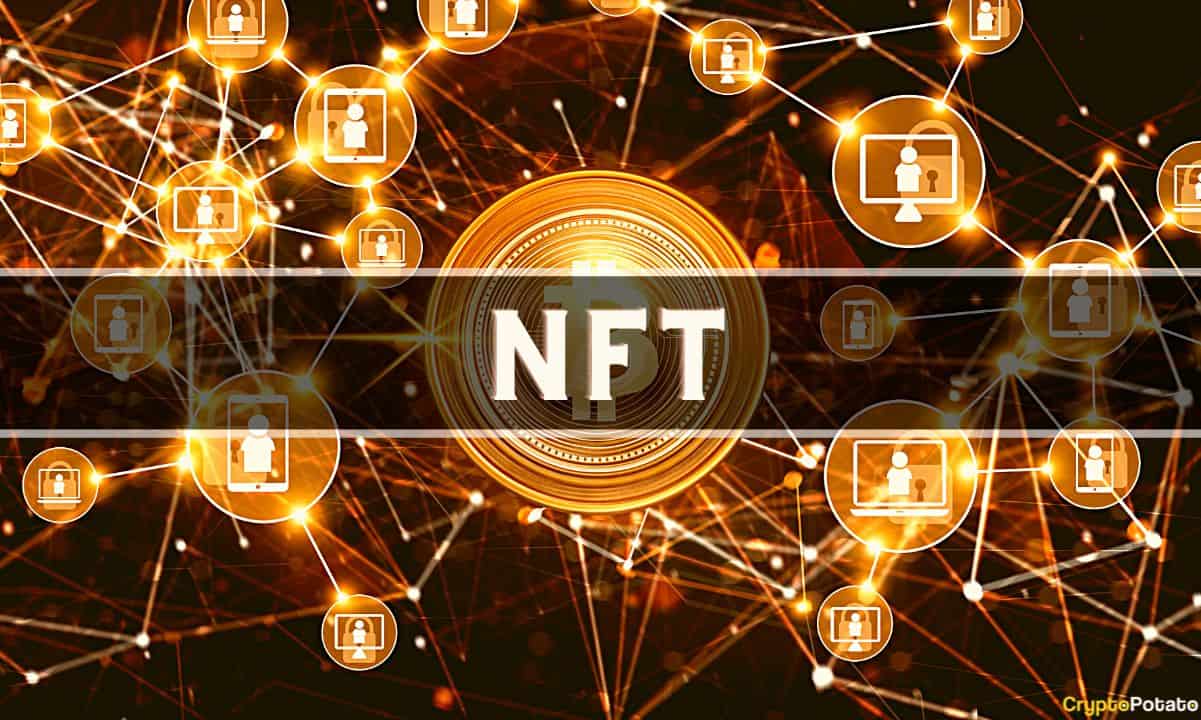

Ordinals developers are pioneering ways to make reduce blockchain bloat caused by Bitcoin NFTs, potentially reducing their creation costs by 90%.
The latest among these is BRC69 – a new standard proposed by Ordinals launchpad platform Luminex to “optimize the costs of inscribing on Bitcoin using the Ordinals protocol.”
The BRC69 Standard
According to Luminex’s GitHub proposal, the new standard can not only reduce inscription costs, but also unlocks new on-chain features, such as “pre-reveal collection launching and on-chain reveals.”
This means that NFT collections can use fully on-chain resources to unveil their NFTs, from the pre-reval process to the final reveal of an image and its relevant traits.
“This is accomplished by automatically and seamlessly rendering images on the Ordinals explorer, without the need for additional action,” wrote Luminex.
BRC69 uses a 4-step process: users inscribe images of their NFT traits on-chain, deploy the collection, compile it, and then mint the assets.
ADVERTISEMENT
The standard builds upon ‘recursive inscriptions’ – a method introduced by Ordinals developers in June that helps work around Bitcoin’s 4MB block size limit. Instead of individually minting thousands of JPEG files onto the blockchain, users can reference content within existing inscriptions of the same collection, and render it later using small amounts of code.
According to Luminex, a recursive Ordinals standard will be necessary as Ordinals popularity rises, and Bitcoin block space becomes “increasingly scarce and costly.” Since popularizing in February, there have been nearly 15 million Ordinals inscriptions on Bitcoin, according to Dune Analytics.
4/ The brilliance of BRC69 lies in its simplicity. Minters only need to inscribe a single line of text instead of a full image.This text allows the final image to be automatically rendered on all ordinals-frontends,using solely on-chain resources, thanks to recursive inscriptions
— Luminex (@luminexio) July 3, 2023
Bitcoin’s Blockchain Bloat
Ordinals have been met with major skepticism from some Bitcoiners, who claim the protocol is effectively a bug enabling “spam” on the blockchain.
Criticism swelled in early May after the BRC-20 standard rose to prominence – an Ordinals-based system for launching fungible tokens on Bitcoin, alongside NFTs. This led to a swell of meme coins that briefly caused the average Bitcoin transaction fee to soar over $30, raising concerns about the long-term sustainability of Bitcoin as an affordable payments network.
Solutions like BRC69 help remedy this issue but also mean fewer fees for miners, which are needed to sustain Bitcoin’s long-term security.
Fees have since returned to normal levels but could rise again if another NFT hype wave claims Bitcoin as its host. The network has already become the second most popular blockchain for trading NFTs, according to Crypto Slam data.
Binance Free $100 (Exclusive): Use this link to register and receive $100 free and 10% off fees on Binance Futures first month (terms).
PrimeXBT Special Offer: Use this link to register & enter CRYPTOPOTATO50 code to receive up to $7,000 on your deposits.
The post appeared first on CryptoPotato






